Luxembourg, of all random places.
You might wonder, what does Luxembourg have to do with art, isn’t that where all the money laundering is taking place? (And maybe you might also wonder, where the heck is Luxembourg anyway?!)
Coincidentally, i am Luxembourgish so you might not believe me when i riposte that there is a vibrant art scene in this smallville type place. That’s why, on my last visit, i went to see a few exhibitions to photographically capture them for Central Station.
Unfortunately, due to limitations in time and organisational matters, i could only explore one cultural hub in Luxembourg and that is the capital, called ehm… Luxembourg. (There are a few other places though such as Esch-sur-Alzette and Clervaux, which i will hopefully be covering the next time around.)
First of all, i went to see Roland Schauls’s ‘Pet Shop’ collection, exhibited at the Galerie Clairefontaine, just around the corner from the Palais Grand-Ducale (pictured above). Roland Schauls counts among the country’s most important contemporary artists, last but not least because of his project called ‘Portrait Society’ (but more about this below).
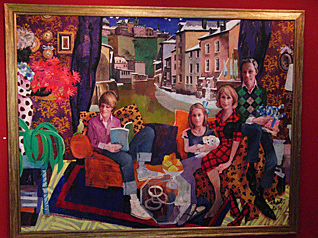
Schauls is known for his distinctive style of portraits which are painted in vibrant colours and thick brush strokes, giving the portraits a somewhat irony and sense of humour. One portrait which stands out is that of a family which is represented in all its liveliness.
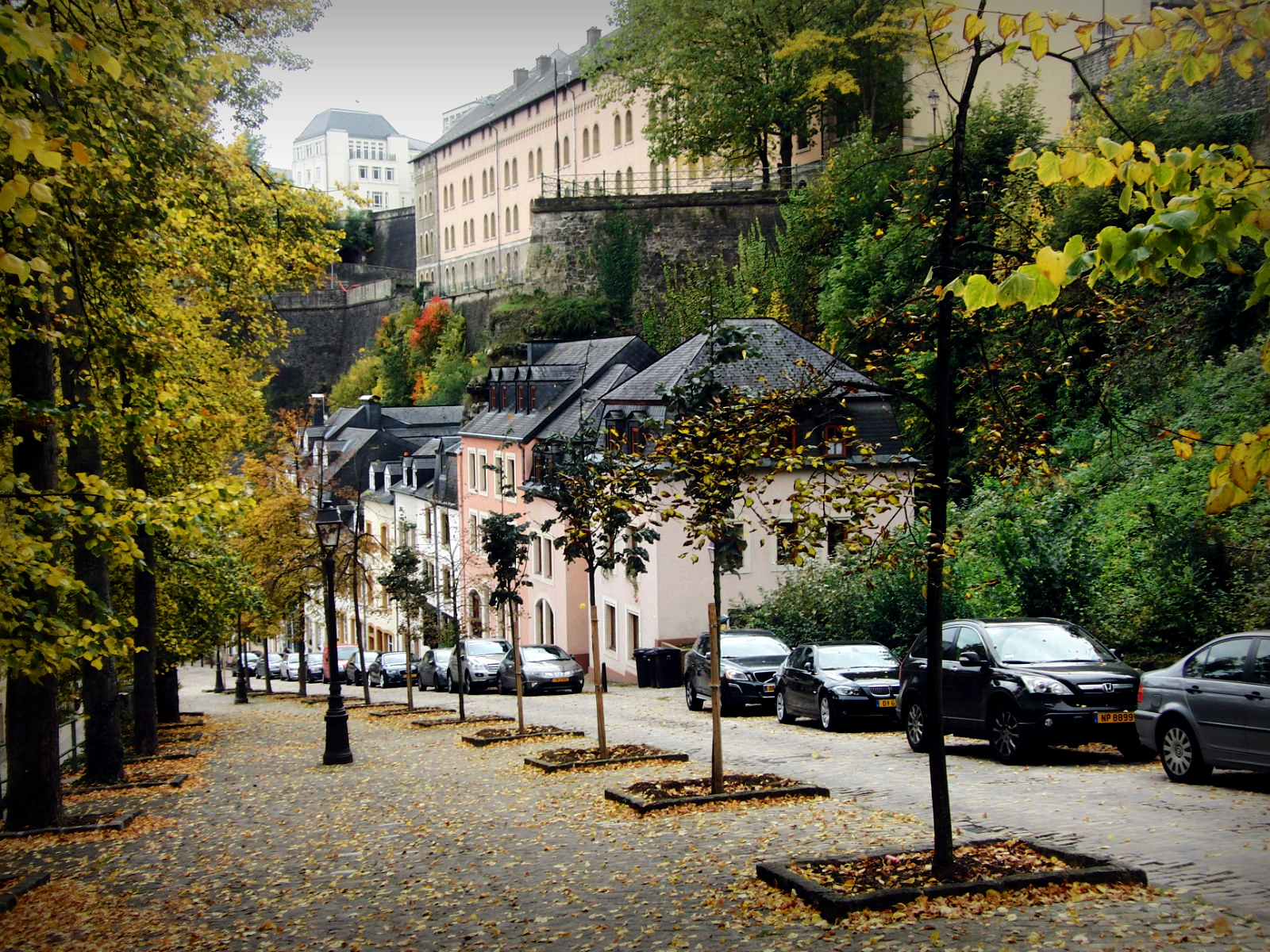
The second gallery on my list takes me to one area in the capital which is known for its artistic and music vibe, ‘The Gronn’ (literally the ground, depths, foundation). Imagine Luxembourg City to be built on two levels, with the main commercial centre overlooking the traditional area, the Gronn, which lies in the valley along the river Petrusse. Historically, the capital used to be protected by a fortification wall (the remains of which you can spot in the photo above). So that’s the city in a nutshell (and it probably is not much bigger than that). In any case, the Gronn is my favourite part of town due to its small but vibrant pub scene hosting weekly jazz and blues nights.
Ironically, the exhibition i went to see at the gallery Abbaye de Neumunster (which used to be a monastery) was also related to Jazz music.
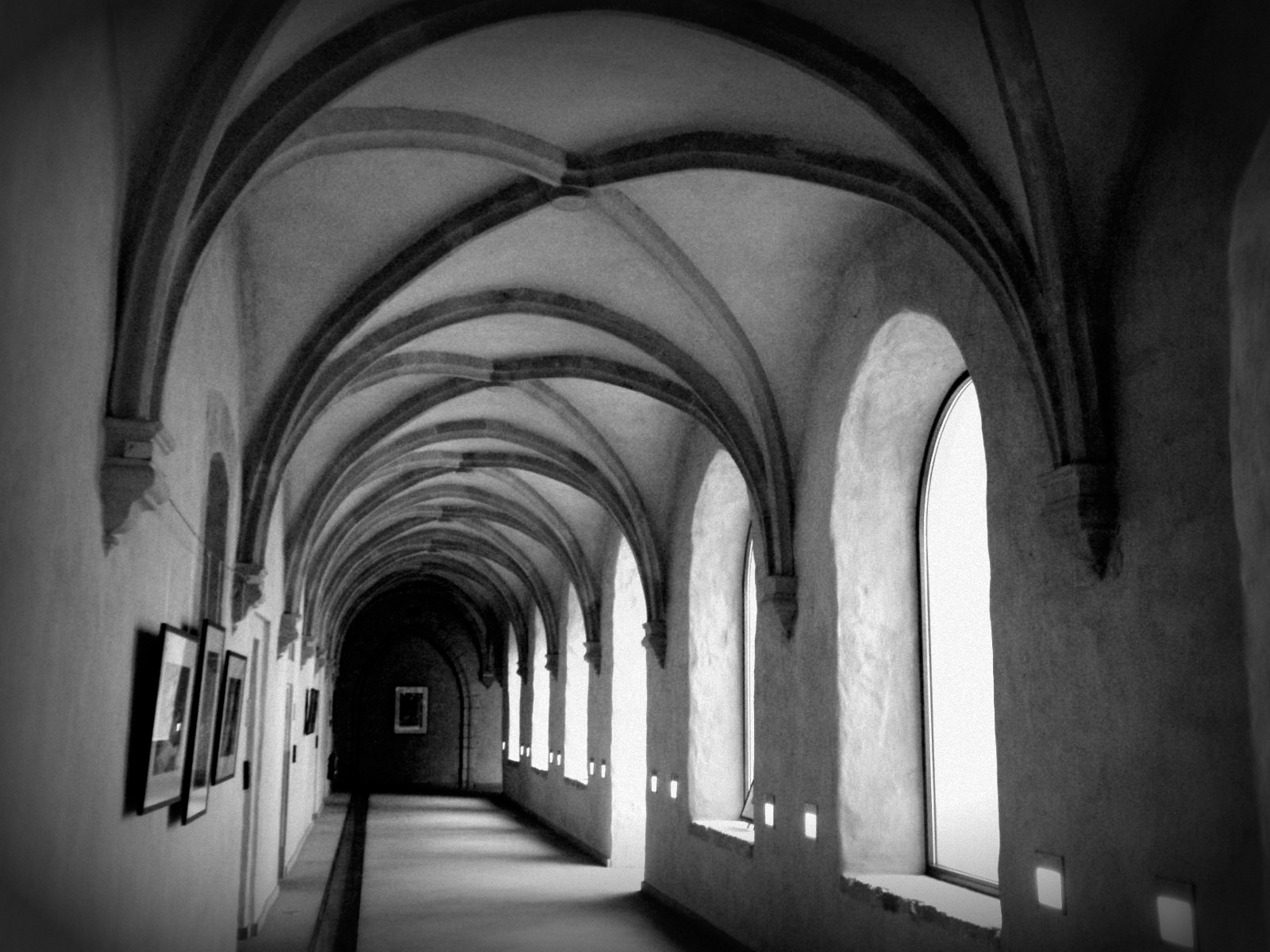
The artist, Guy Fonck, is an active jazz musician, besides being a photographer, and has captured some of the best moments of his live performances on camera, resulting in the photographic exhibition ‘Focus on Jazz’.
i really like the way the photographs convey the sentiment of jazz music as well as the emotions that enter a live performance along with the musicians’ love for Jazz.
Another exhibition at the Abbaye Neumunster that i went to see was the permanent exhibition by Lucien Wercollier, hailed as one of the country’s most important artists of the 20th century. He is partly also known for his traumatic experience as a deportee to a Nazi concentration camp, at the very beginning of his career as a sculptor. He survived the war and finally managed to go back to his artwork and even take it to new heights.
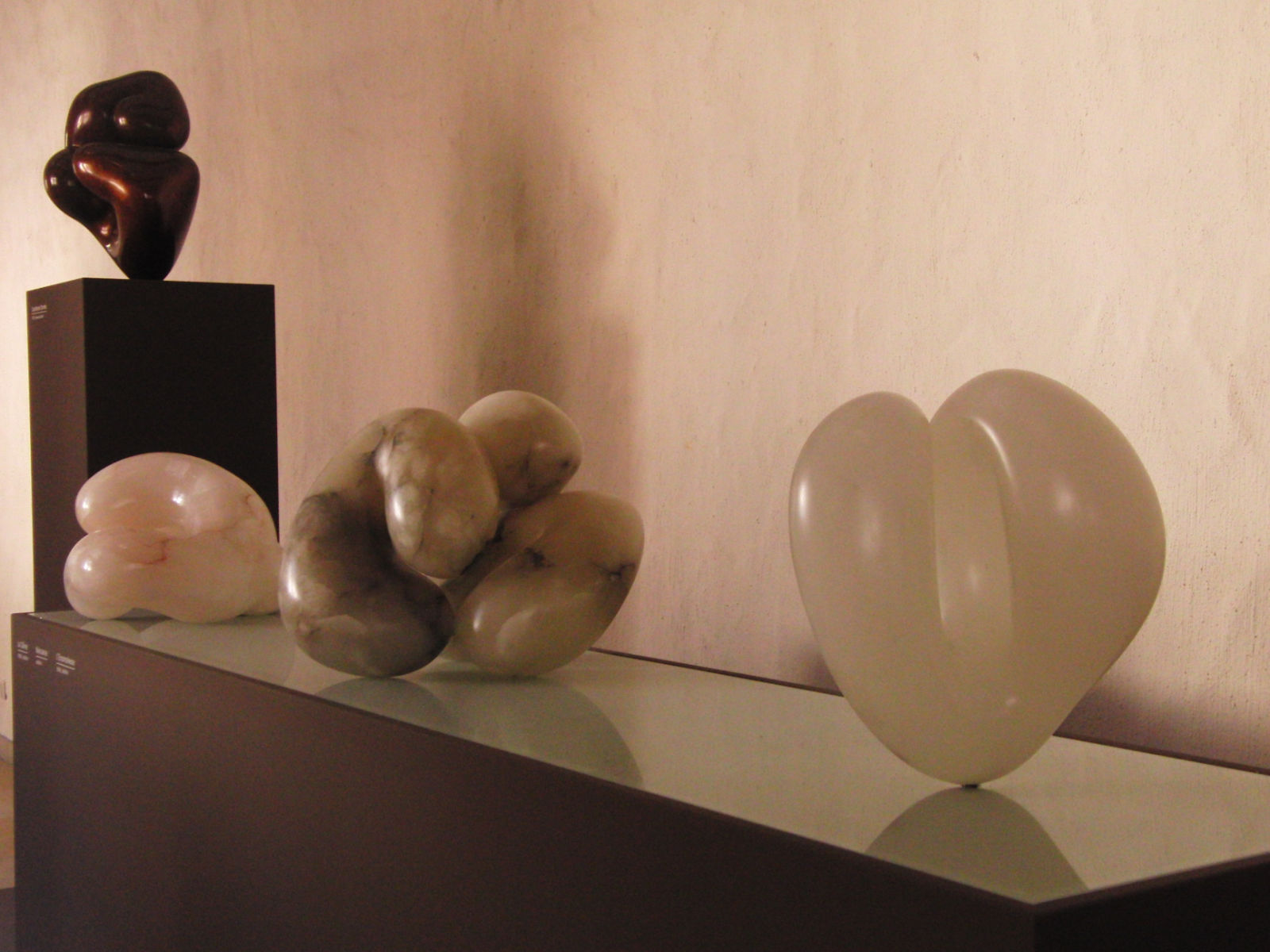
His sculptures are characterised by smooth and sensual shapes and are usually fabricated from stones such as marble, onyx, bronze and alabaster. What i find astonishing is that, despite Wercollier’s tragic war experience, his aesthetic approach was entirely based on his search for the natural, for harmony, sensuality and simplicity without ever conveying a sense of rancour, anger or resentment.
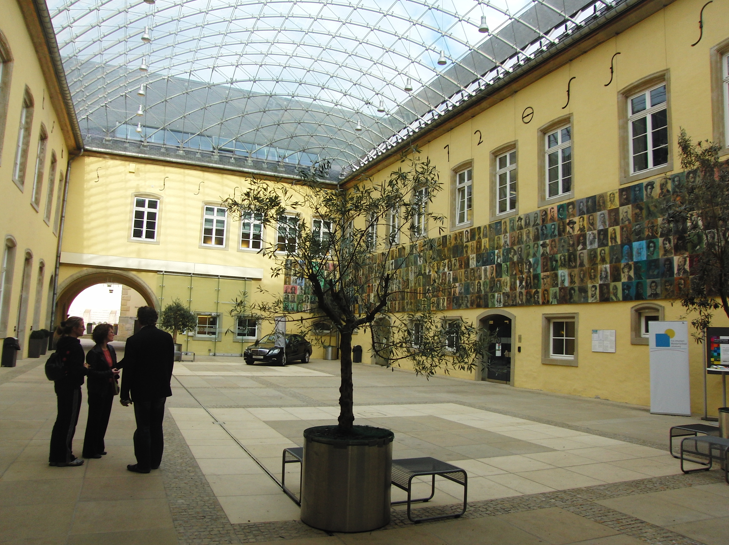
Another permanent exhibition at the Abbaye is the above mentioned work ‘The Portrait Society’ by Roland Schauls, which stretches over 100 square meters on one side of the Abbaye’s courtyard. The painting brings back to life/paint some legendary artists such as Rembrandt, Rubens, Delacroix, Velazquez as well as some more low-key personalities in the history of art. The painting, as could be expected, has attracted a reasonable amount of publicity and has even led to the creation of an actual ‘Portrait Society’, a private organisation that has started to investigate the biographies of these forgotten artists. (Unfortunately i couldn’t find a website for the organisation so if you do come across it, please let me know.)
This blog continues… see My Creative Scene- Luxembourg (part 2)
If you are interested, you can also find more photos and information about the above events in my tumblr blog.
All the above pictures were taken with the courtesy of the relevant art galleries, thank you very much again.
//////////
My Creative Scene is an insight into different creative & cultural happenings in cities where your members and readers live. Browse through more insider guides here or contact us to write about the arts scene where you are.


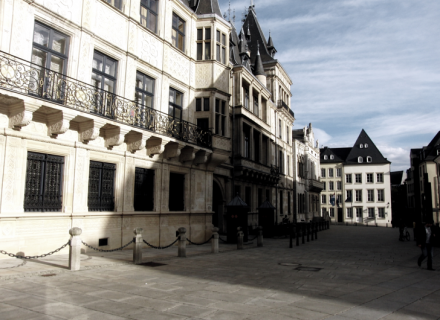
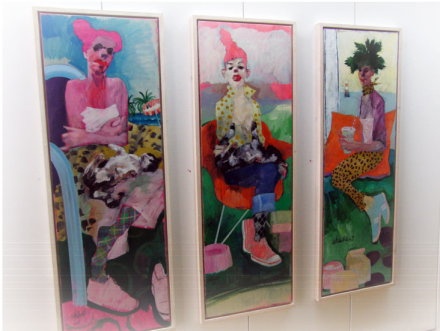
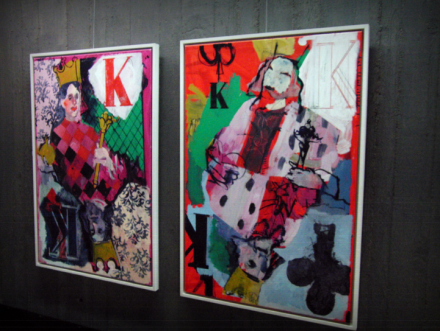
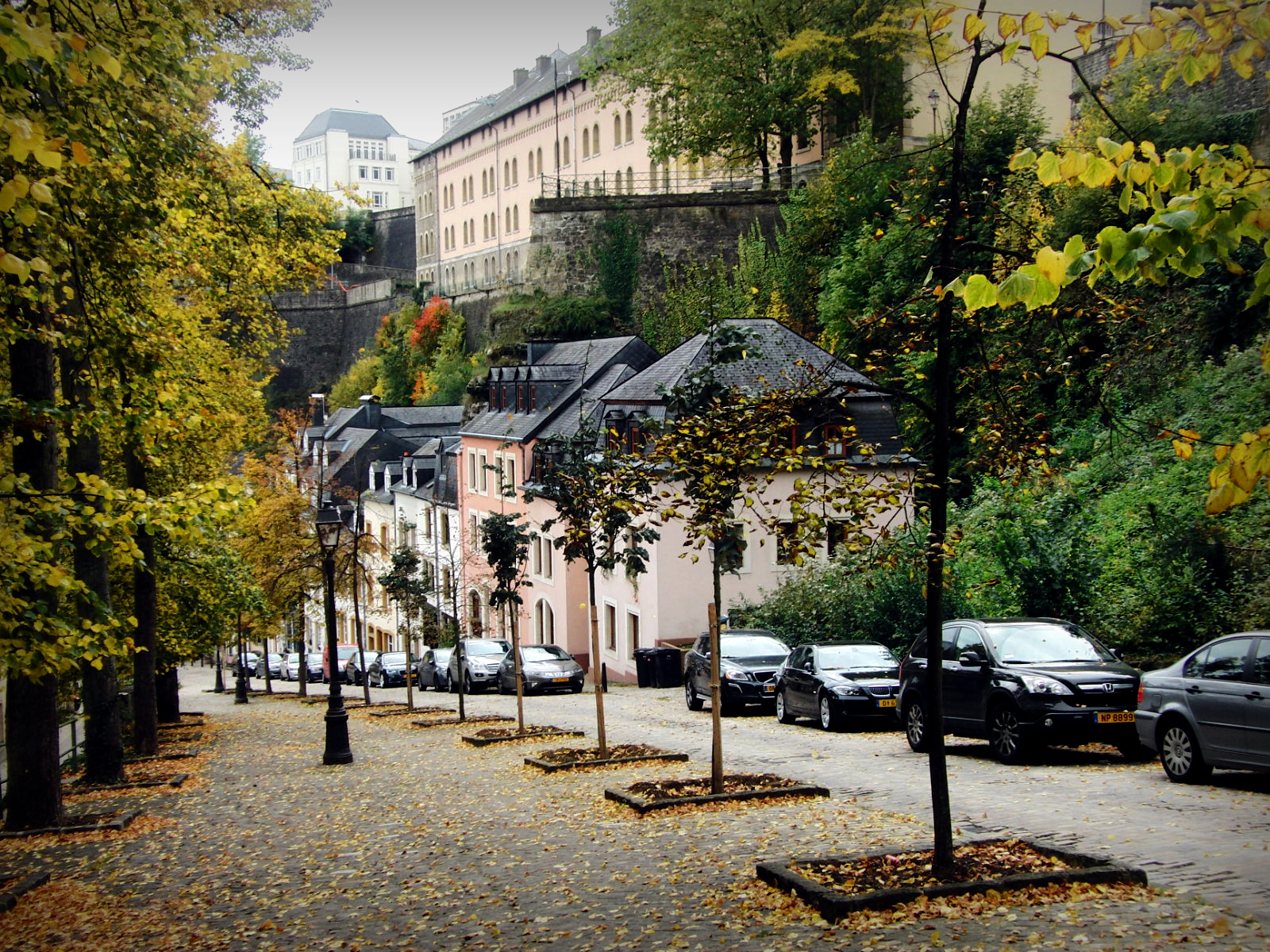
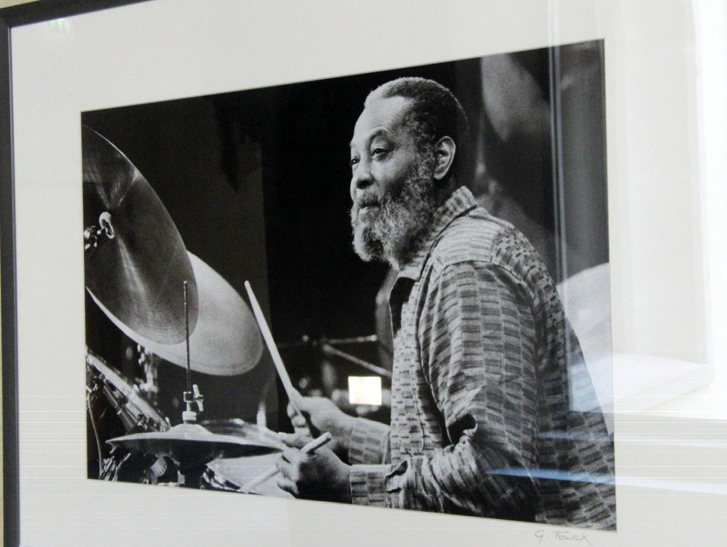
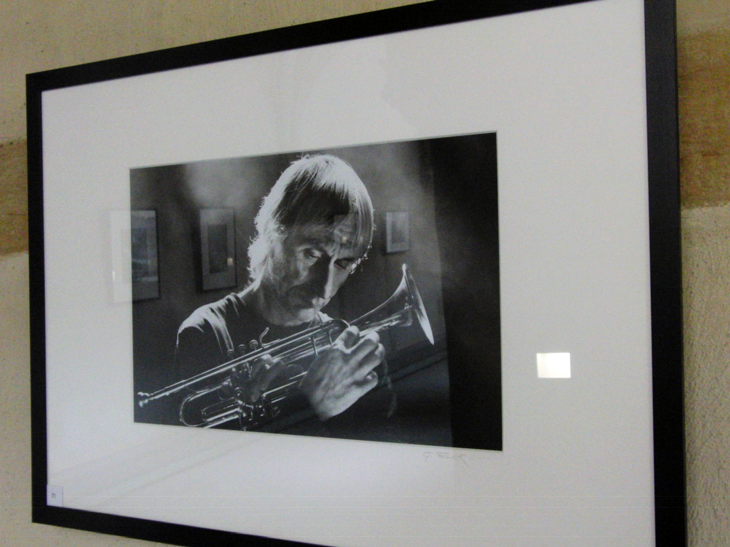

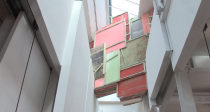
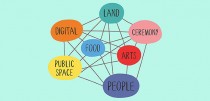









Comments